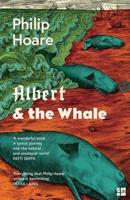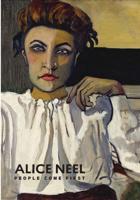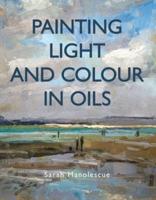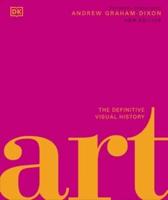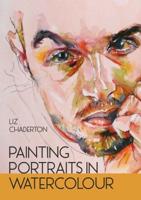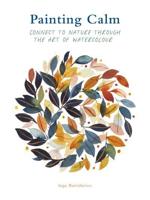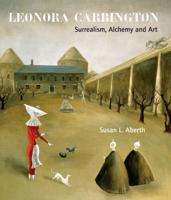Publisher's Synopsis
A beautifully illustrated volume which explores one of the central themes of Christian Art: Christ as the Man of Sorrows, Passion in Venice: Crivelli to Tintoretto and Veronese draws on works by some of the of the greatest names in Venetian painting including Veronese, Tintoretto, Crivelli, Giambono and the Bassano family. It creates a new and illuminating context for these great masters by considering their work alongside contemporary works in other media, and from other parts of Western Europe, including Tuscany, France, Spain, Germany and the Netherlands.
An essay by Catherine Puglisi and William Barcham explores the origins of the image of Christ as Man of Sorrows and its emergence as a distinct and central devotional image in the religious life of Venice from about 1300. The authors address the questions of who was the Man of Sorrows and why the figure grew significantly in Venice during the late Middle Ages and the early Renaissance. Xavier Seubert's essay focuses on the appeal of the Man of Sorrows as an image expressing anguish, which encourages the viewer to identify with suffering, and offers hope for deliverance and redemption.
The main catalogue section presents illuminated manuscripts, paintings, sculptures, prints, drawings and liturgical objects from major American and European collections, including the Metropolitan Museum of Art, New York, the National Gallery of Canada, the J Paul Getty Center and the National Gallery, London, almost none of which have been linked before through the study of a common artistic theme.
An essay by Catherine Puglisi and William Barcham explores the origins of the image of Christ as Man of Sorrows and its emergence as a distinct and central devotional image in the religious life of Venice from about 1300. The authors address the questions of who was the Man of Sorrows and why the figure grew significantly in Venice during the late Middle Ages and the early Renaissance. Xavier Seubert's essay focuses on the appeal of the Man of Sorrows as an image expressing anguish, which encourages the viewer to identify with suffering, and offers hope for deliverance and redemption.
The main catalogue section presents illuminated manuscripts, paintings, sculptures, prints, drawings and liturgical objects from major American and European collections, including the Metropolitan Museum of Art, New York, the National Gallery of Canada, the J Paul Getty Center and the National Gallery, London, almost none of which have been linked before through the study of a common artistic theme.

